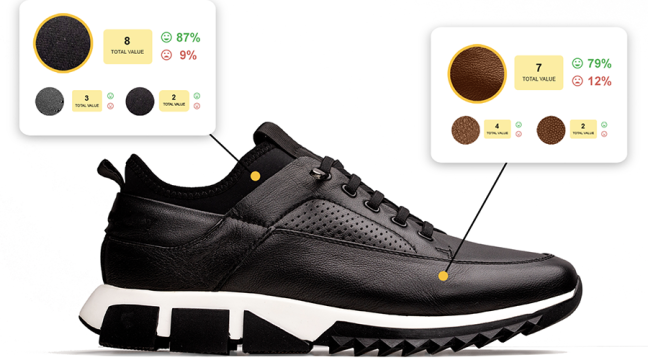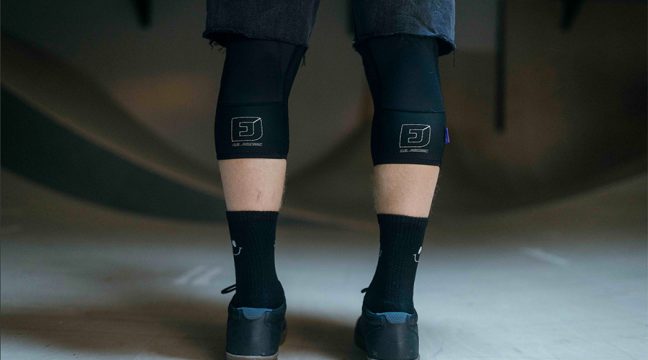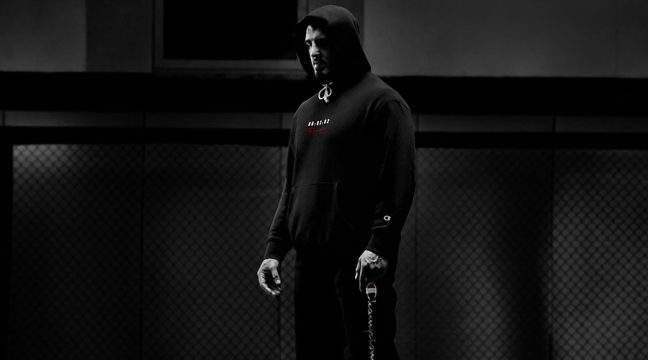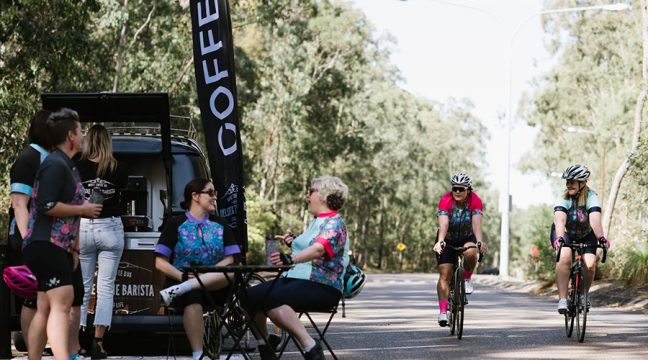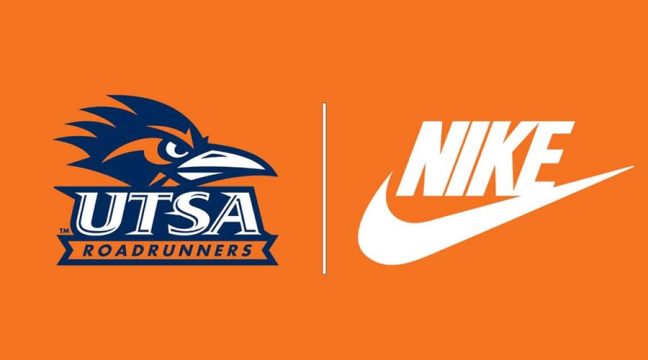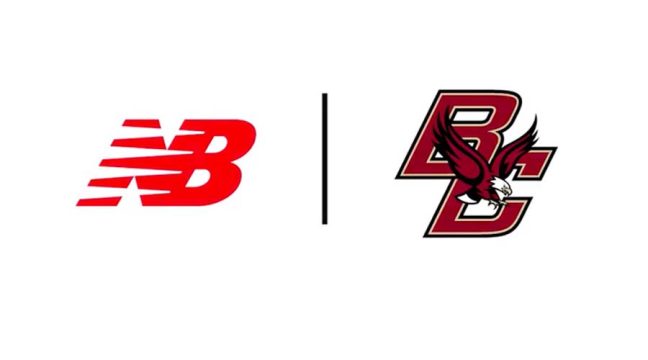Star marathoner talks about how he manages the aches and pains that come with aging.
By Thomas J. Ryan
Meb Keflezighi, probably best known for winning the 2014 Boston Marathon at the age of 38, believes his use of the ElliptiGO has played a large role in extending his elite running career.
“When I first tried it and knew I liked it, I said I’m glad I heard about it because it wouldn’t do much for my career 10 years from now,” said Keflezighi at a press event in New York City on April 4.
Described as the world’s first elliptical bicycle, the ElliptiGO offers many of the same physical mechanics as running, but without the impact. Keflezighi said ElliptiGO training helps him optimize recovery, increase his volume and keep up with the high mileage he needs for marathon distance success.
Keflezighi noted that reducing impact on the joints and hips has become more important in helping him manage recovery and avoiding injury as he has gotten older.
“When you’re 28 or 29, if you feel something, you can take a day off and come back,” Keflezighi told SGB. “But as I get older, I have to take a week off. So we are all on that fine line between pushing too much or too little. I feel the ElliptiGO has helped keep me healthy.”
Keflezighi was first introduced to ElliptiGO in 2012 at the U.S. Olympic trials in Eugene, OR, used it extensively back at his home in San Diego, and signed up as an endorser. Prior to using the ElliptiGO, he typically went for a 10- to 12-mile run in the morning and then another 10-mile easy run in the late afternoon. To avoid “the pounding,” he now uses his ElliptiGO four to five times a week for two hours to replace his evening run.
“The tendons get a little bit fatigued from the pavement on the run, so you’re trying to avoid that,” said Keflezighi. “The ElliptiGO does an amazing job, and I haven’t been really injured since.”
Although the ElliptiGO can be used as a stationary bike at home or in the gym, he prefers to ride around his bike-friendly hometown of San Diego. Said Keflezighi, “I love the outdoors.”
The one downside is that it typically would take a 30-minute run to meet his second workout requirement. But Keflezighi considers the lower level of pounding on the joints worth the extra time and points to other benefits in building strength and aerobic capacity. When it’s used to climb hills, for instance, the ElliptiGO helps activate the glutes and hamstrings.
It’s also social and fun. Downhill, Keflezighi once reached a high of 27 miles per hour. He joked, “I checked for cars first.”
In February, Keflezighi, who just turned 40, secured a spot on his fourth Olympic team by finishing second at the 2016 U.S. Olympic Marathon Trials in Los Angeles. He was one of nearly 80 Olympic Trials participants who had used ElliptiGO as part of their cross-training routine.
Keflezighi’s age continually comes up with his continued race success. He left Nike as his main sponsor in 2011 that many saw as due to his age although Keflezighi said it was “more complicated than that.”
He soon signed with Skechers and later that year set a personal record at the New York Marathon. The next year, he ran another personal best at the 2012 U.S. Olympic Trials, then finished fourth at the 2012 London Olympics. He finished in second-place finish at the 2004 Olympic Marathon (Athens), which earned him a silver medal.
Keflezighi qualified his answer as to whether the ElliptiGO helped extend his career to “almost definitely” because he has a broad routine for staying injury free and in peak condition. His training book, “Meb For Mortals,” stresses the importance of stretching, agility movements, proper nutrition, varying tempo and easy runs, as well as mixing in other cross-training activities.
Keflezighi also said he surprises many runners when he admits he does 80 percent of his runs on “soft surfaces,” either grass or dirt, to avoid the pounding of his joints on the pavement. The remaining 20 percent of runs are on pavement so his body can get used to race conditions.
But the ElliptiGO even further helps Keflezighi avoid the impacts of running. He sees the ElliptiGO as ideal for people who have had an injury, such as a torn ACL or knee or hip replacement, to “get the workout feeling” because they should be able to push themselves fairly hard. But he said the
ElliptiGO helps all runners, including himself, avoid injury and feel better after the workout. Joked Keflezighi, “I have three dogs at home, so I need to reserve some energy at night for when I get attacked by them.”
Photo courtesy ElliptiGO


